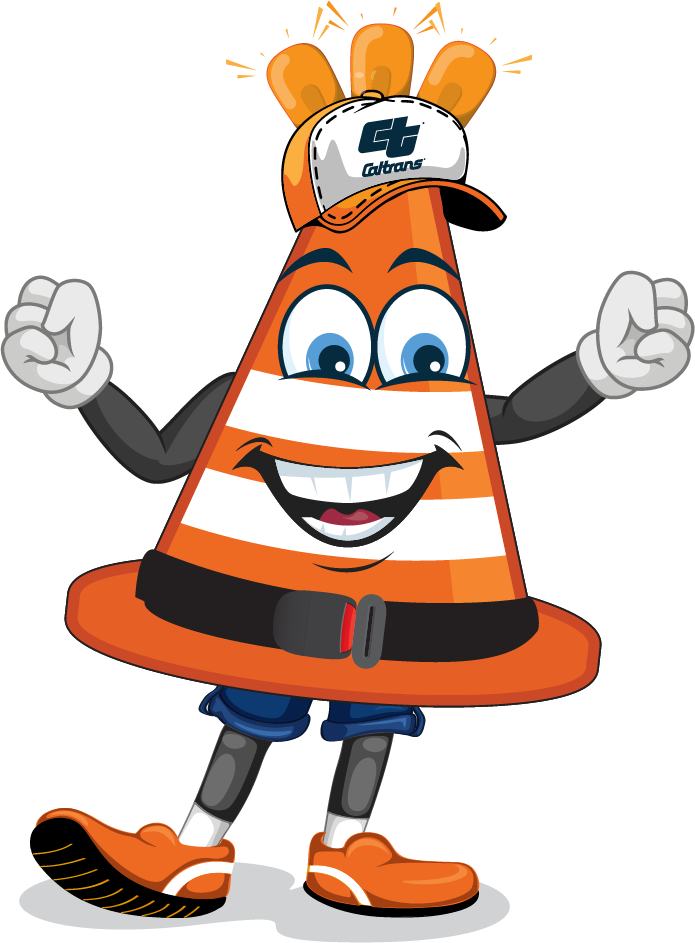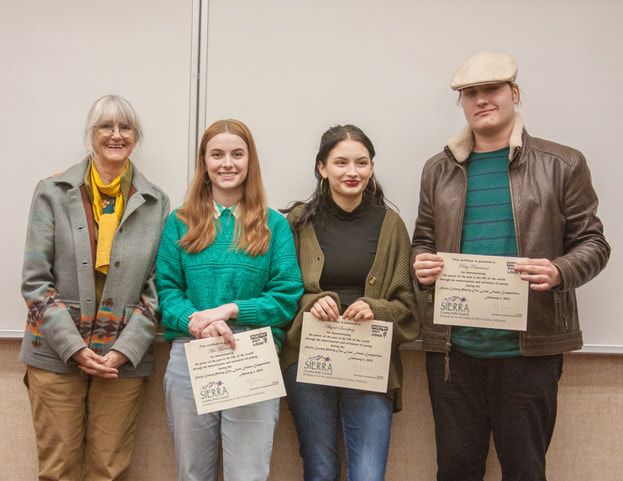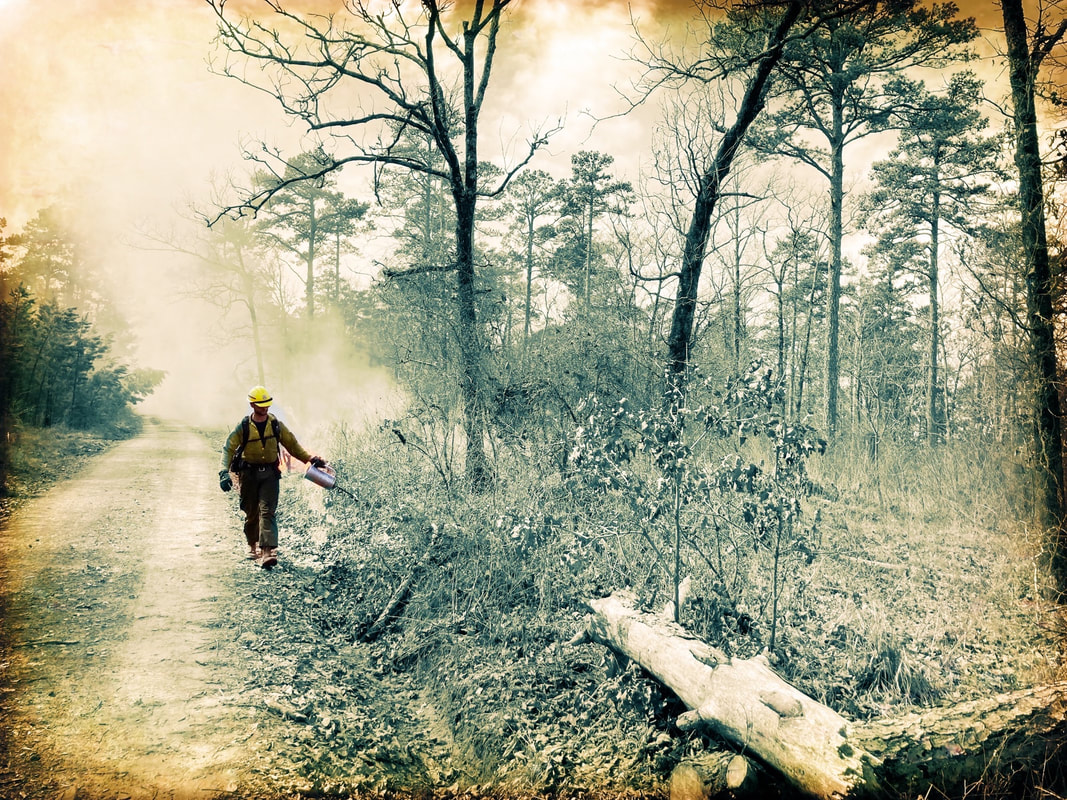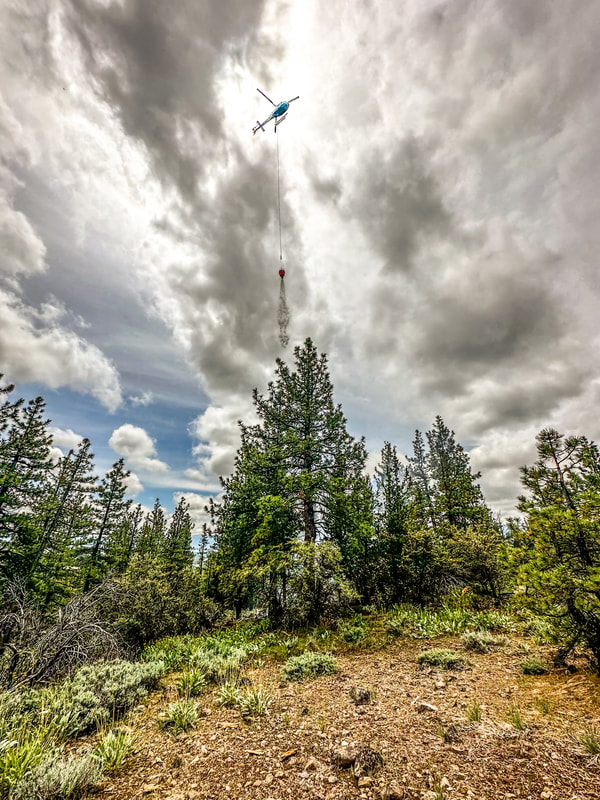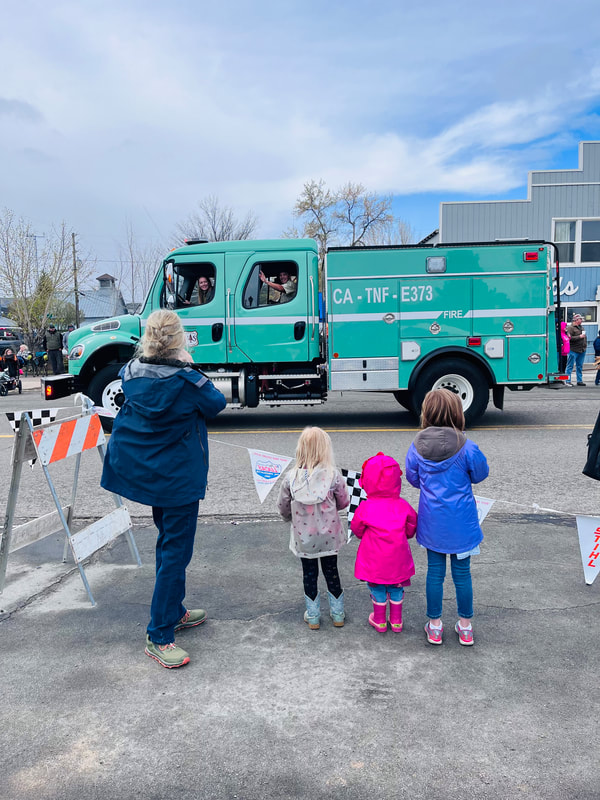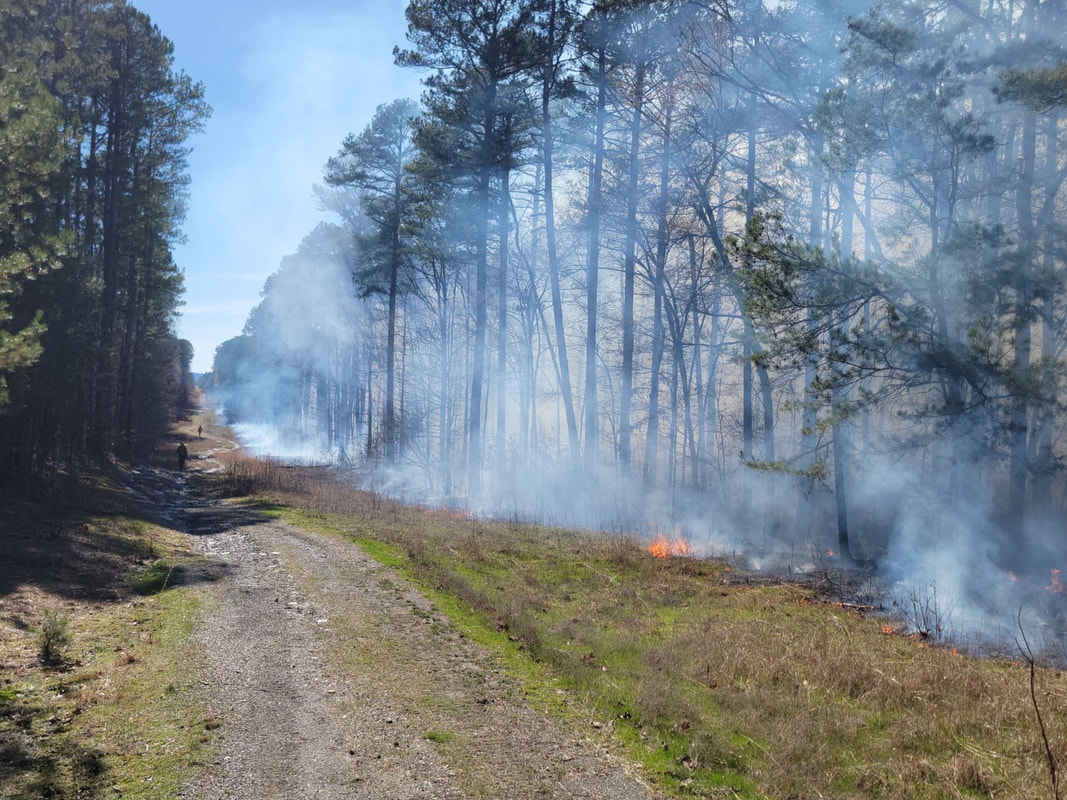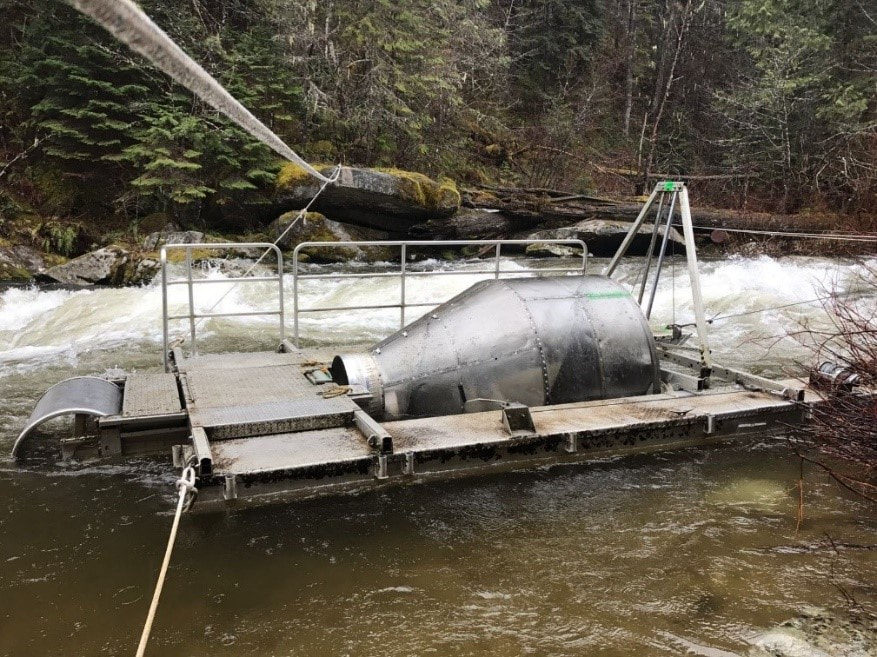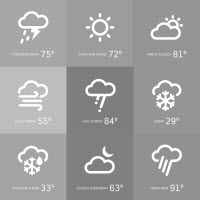- Study of studies based on 5-years driving data.
- Arizonans are the most improved drivers; Michiganders the least.
- Table showing America's most and least improved drivers.
Year-on-year, a nationwide assessment names and shames the country’s worst drivers, or the best. Gunther Volvo Coconut Creek this year decided to carry out a study of studies, analyzing data and rankings between 2018 - 2022, to determine the country’s most and least improved drivers over a five-year time period.
And the award for most improved drivers over the past 5 years goes to the good people of Arizona! In 2018, drivers in the Grand Canyon state languished in 49th place, and in 2022 they were near the top - at number 8! That’s a giant move of 41 places.
However, you probably don’t want to find yourself driving in Michigan, the state which saw the least improvement over the last five years. In fact, Michiganders used to be among the nation’s best drivers. Drivers here had proudly held the number 10 position in 2018, but tumbled down 39 places to come 49th in 2022. Talk about taking your eye off the ball - or, more likely, the road.
California drivers can be very satisfied on where they placed: 3rd most improved. Indeed, in 2018 they were the 17th worst drivers in the country, but ended in 2022 in 2nd position - a leap of 32 places!
Gunther Volvo Coconut Creek have created a table showing America's most and least improved drivers by state.
How did the other states fare? For several years running, (they topped the list in 2019, 2020 and 2021 for worst drivers in the country) Mississippi was awarded the dubious honor of being the state with the worst drivers in the country. This was assessed on information such as the percentage of drivers who were insured, the number of DUI arrests per 1,000 drivers, the number of fatalities per 100 million vehicle miles driven and how often residents Googled terms like ‘traffic ticket’ or ‘speeding ticket’. However, a recent improvement in their driving technique in 2022 saw them placed in 39th place nationally, a significant improvement, but still with work to do.
Conversely, you’d be happy to live in Massachusetts, as Bay Staters were ranked as the best drivers for three years in a row. They ranked very low in terms of DUIs and fatalities, and very high in terms of insured drivers. So at least if you did have a mild prang with a Bay Stater, you know they would be above board when it came to exchanging insurance details.
‘Well, at least we now know which states to avoid going for a road trip through, and which ones to definitely seek out!’ says Joseph Gunther IV at Gunther Volvo Coconut Creek. ‘But the message overall still has to be: drive carefully out there, people.’
